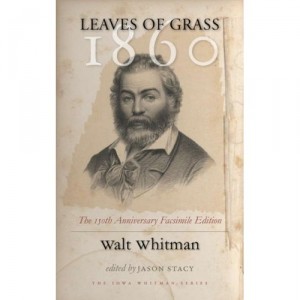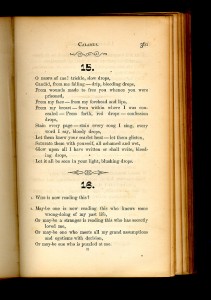“The American Experience : Walt Whitman”

“The American Experience : Walt Whitman” is a program about Walt Whitman’s life and his literary work. It consists of eleven video clips that represent each of important periods in the life of this great poet. The introduction is very exciting. The video starts with the reading of his lines, love scene by the river and with pictures of the crucial moments in the American history. This very beginning easily catches one’s attention and holds it until the end. Whitman scholars, writers, novelists, poets and historians speak about his life and his work. The story develops from his early childhood to his death-bed.
The pictures of the XIX century New York are vivid and while watching them, one could hear in the back Whitman’s thoughts : how he perceived dirty streets, crowd and the spirit of the city. Getting to know his life in New York, it is easier to understand his vision of unity and how “Leaves of Grass” were brought to light.
Emotional readings throughout this video together with nature imagery raise tension and make a spectator emotionally involved. I find very touching the end of “Desperate to Connect”, the part where Whitman’s spirit embraces the XXI century passengers of Brooklyn Ferry. Whitman is represented as a poet of all times. Another video that I liked very much is “A Call for Affection “. During listening the reading of lines from “ When I Heard at the Close of the Day” I was fascinated by Whitman’s pure emotions and passion that burned inside of him. It is a wonder how Whitman has a power to involve a reader into his poems. Every atom belonging to him as good belongs to us.
This video program is a fascinating addition to other means of studying Whitman’s poetry. Apart from reading his poems and critics, it is a useful perspective on his work. I would even recommend this program to people who haven’t heard about the poet, because it is a great start for the future Whitmaniacs.




